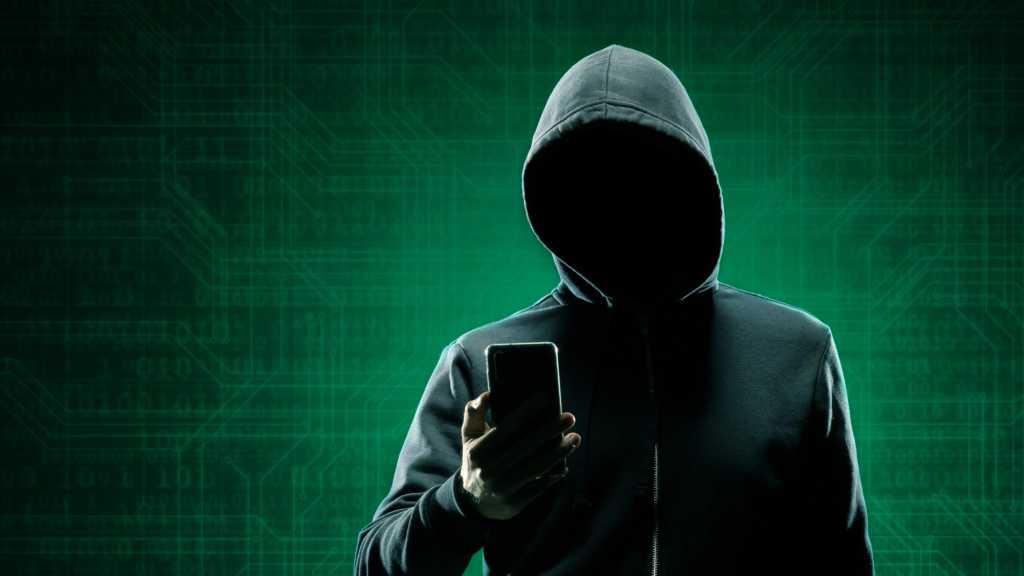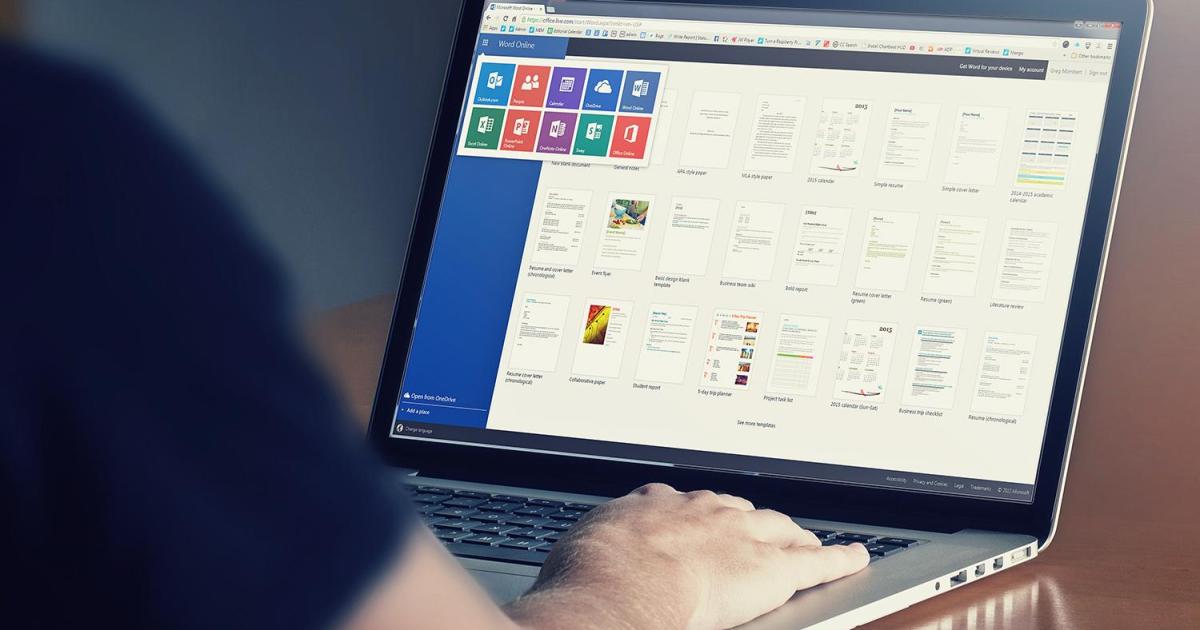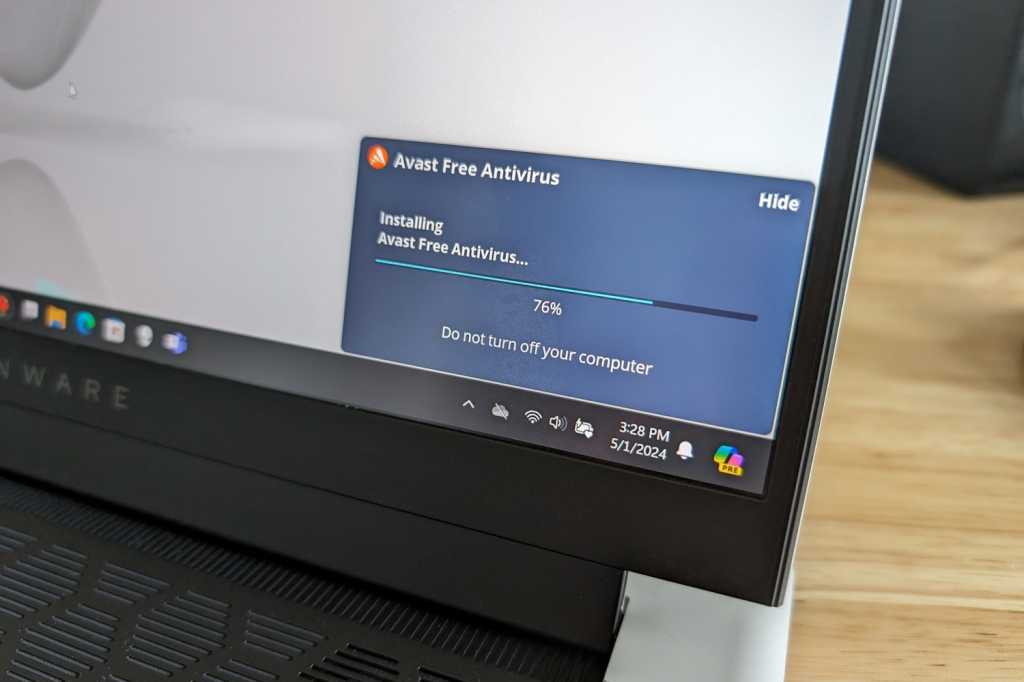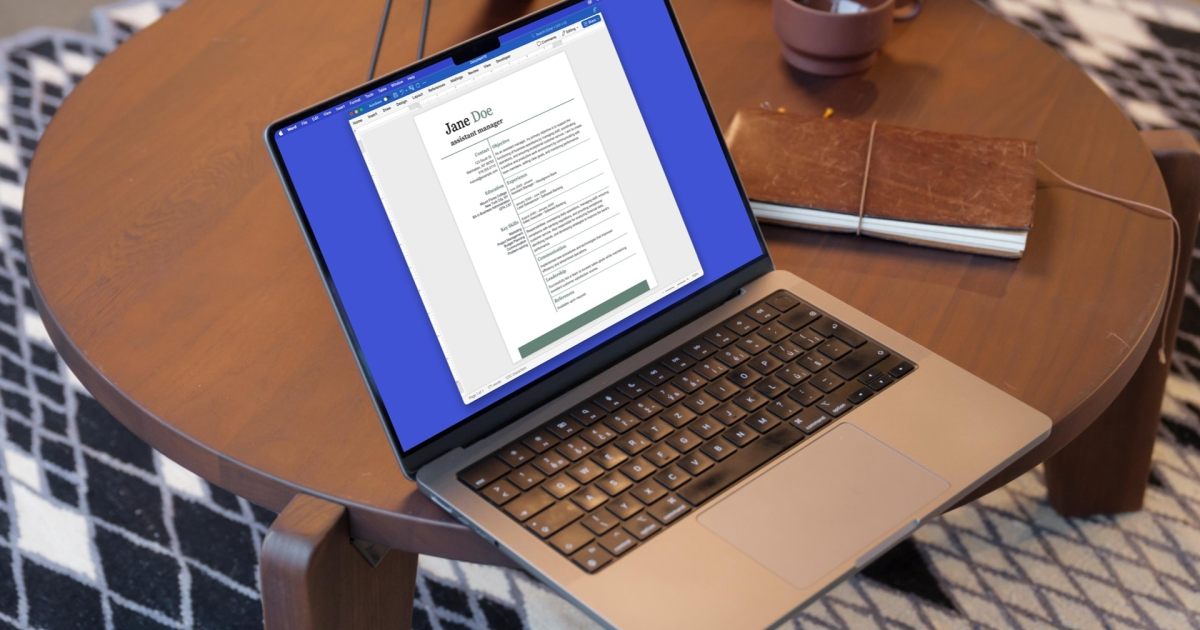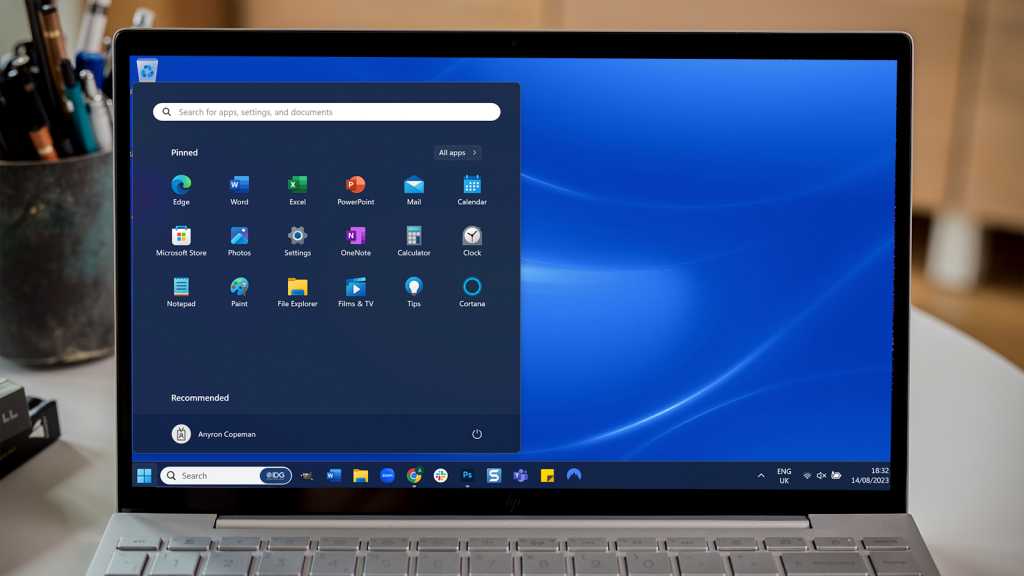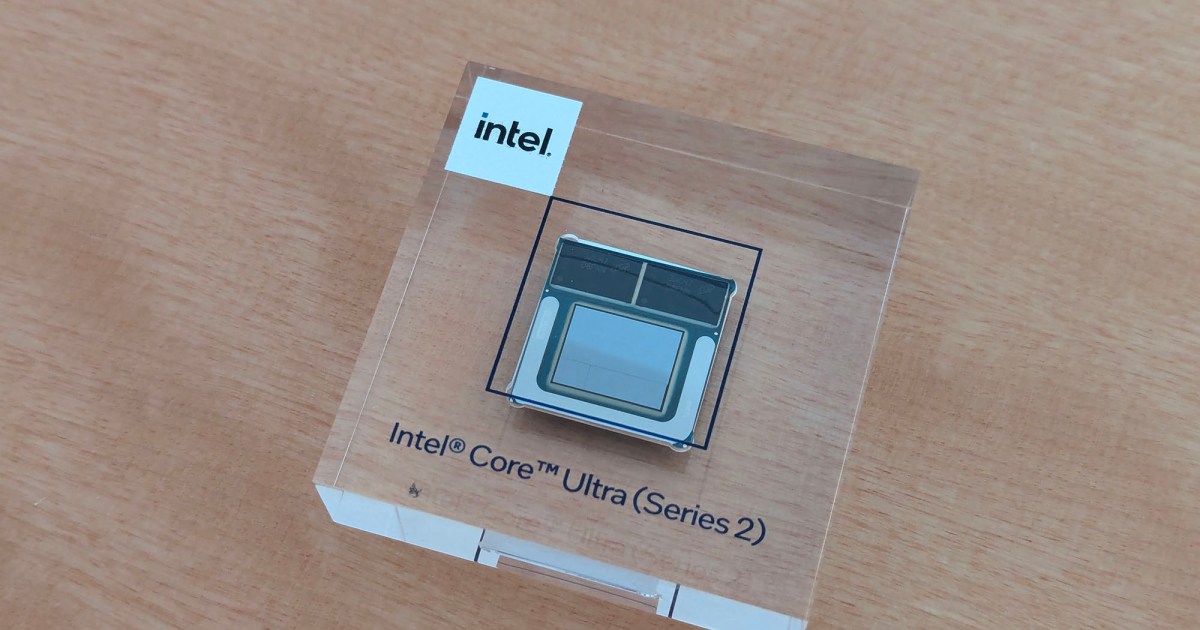In today’s digital landscape, cybercriminals are constantly devising new methods to steal sensitive data. While phishing attacks are widely recognized, vishing and quishing are emerging as sophisticated threats. This article explains these tactics and offers practical advice on protecting yourself.
What is Vishing?
Vishing combines “voice” and “phishing,” referring to fraudulent activities conducted over the phone. Perpetrators impersonate trustworthy individuals or organizations to obtain sensitive information like bank details, credit card numbers, and passwords. This tactic falls under the umbrella of social engineering, manipulating individuals into divulging confidential information.
Recognizing Vishing Attacks
Vishing attacks often involve urgent requests or unexpected calls from unfamiliar organizations. For example, a scammer might pose as a bank employee claiming an issue with your account, requesting your credentials to “resolve” the problem. They might also threaten penalties like account freezes to pressure you into compliance. Another common scenario involves fake Microsoft technicians who claim your computer is infected, demanding payment for fictitious repairs or software. Targeting vulnerable individuals, some scammers impersonate police officers, warning of criminal gangs and urging victims to surrender valuables for “safekeeping.”
Quishing: Fraud Through QR Codes
Quishing is a newer cyber threat exploiting the ubiquitous QR code. This method directs users to fraudulent websites through malicious QR codes, often embedded in emails or other digital communications. The seamless integration of QR codes into daily life makes quishing a particularly insidious threat.
How Quishing Works
Quishing leverages our increasing reliance on interconnected devices. We frequently switch between computers and smartphones for tasks like online banking, creating an opportunity for cybercriminals. They might send fraudulent emails alleging security issues or requiring urgent document downloads accessible via a QR code. Scanning this code redirects users to a fake website designed to steal login credentials or install malware. The deceptive nature of these websites makes them difficult to detect on mobile devices.
Protecting Yourself from Vishing and Quishing
Cybercriminals are constantly refining their tactics, making it crucial to stay informed and vigilant. Here are some essential protective measures:
Vishing Protection
- Verify Caller Identity: Ask for the caller’s name and location, then independently contact the organization they claim to represent using official contact information. Never disclose personal information unless you’re certain of the caller’s legitimacy.
- Utilize Call Blocking: Block known scam numbers or suspicious calls using call protection features on your phone or dedicated apps. Resources like the FCC’s website offer tools and information to help.
Quishing Protection
- Exercise Caution with QR Codes: Be wary of scanning QR codes from unknown or untrusted sources. If a message seems suspicious, contact the alleged sender directly through official channels.
- Scrutinize URLs: Before entering any information, carefully examine the URL a QR code leads to. Legitimate websites typically use encrypted connections (https).
- Enable Multi-Factor Authentication (MFA): This adds an extra layer of security, requiring multiple authentication factors even if your login details are compromised.
Conclusion
Vishing and quishing are serious cyber threats designed to exploit trust and convenience. By understanding these tactics and implementing preventative measures, you can significantly reduce your risk. Always remain vigilant, avoid sharing sensitive information over the phone or through unverified QR codes, and prioritize verifying the credibility of any communication requesting personal data. Your security and data protection are paramount.



